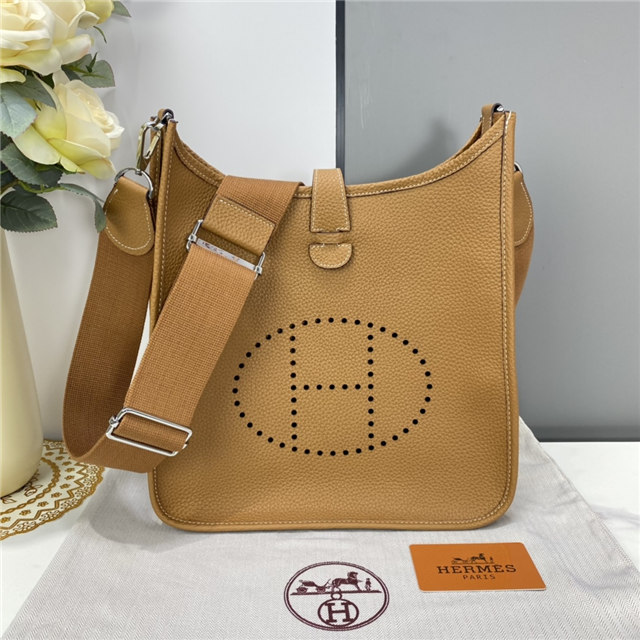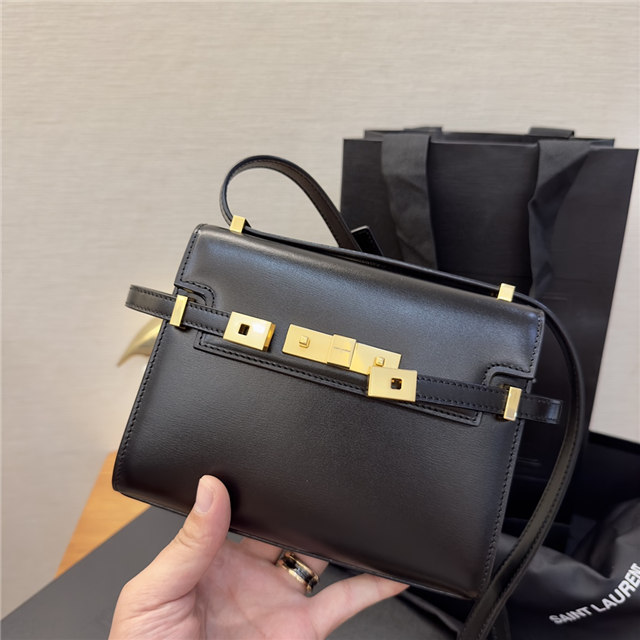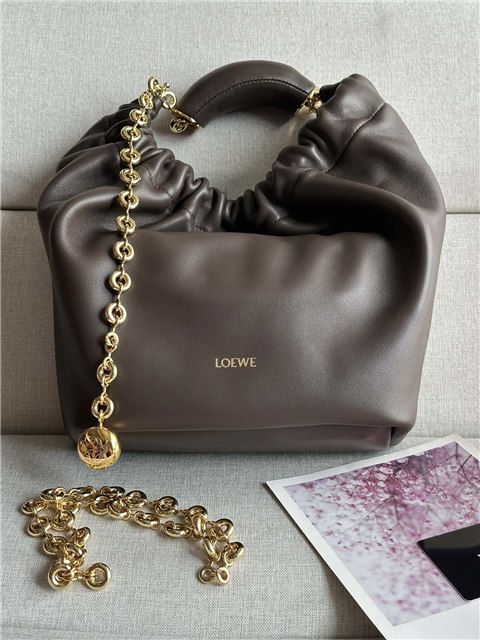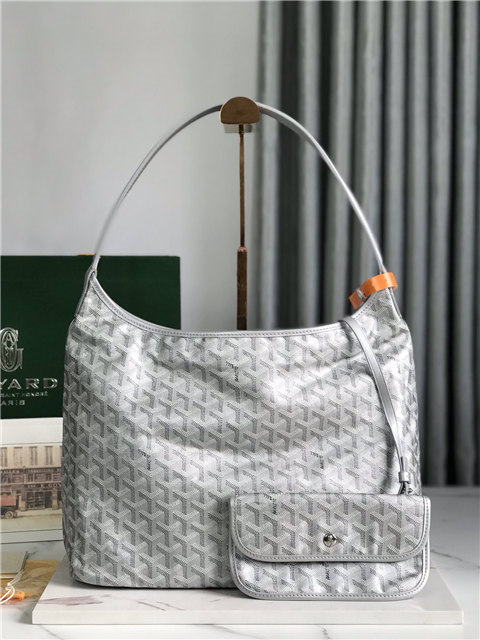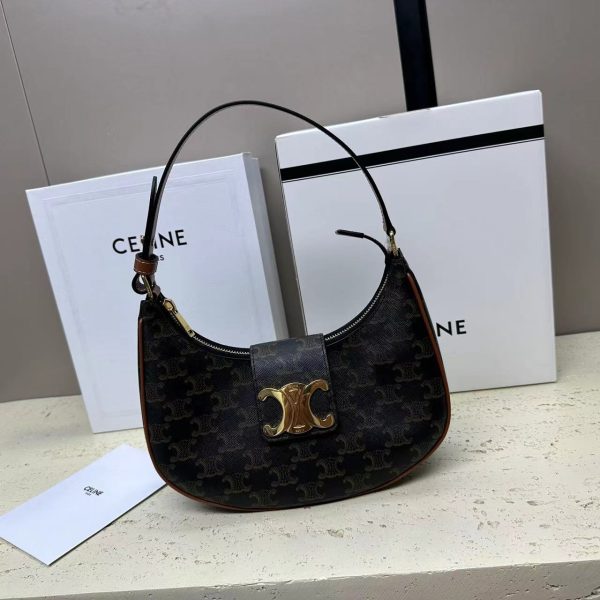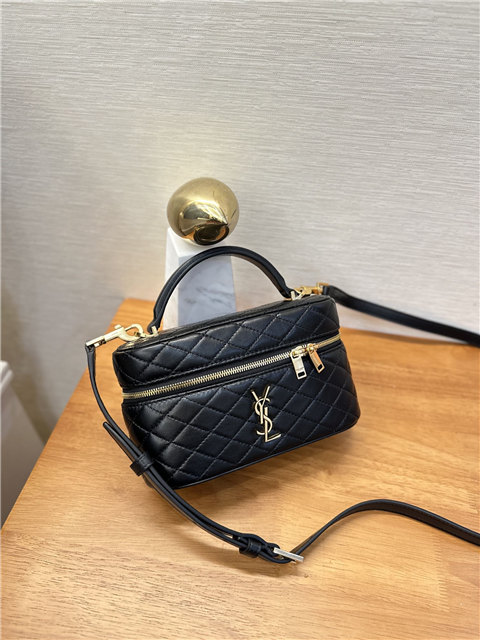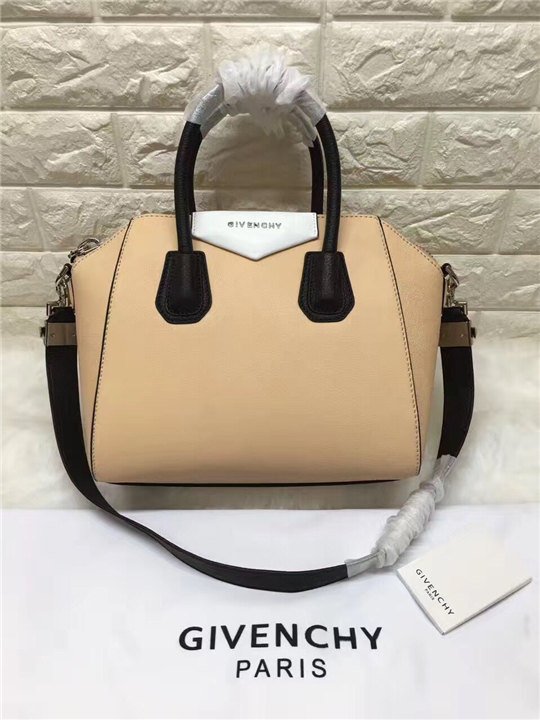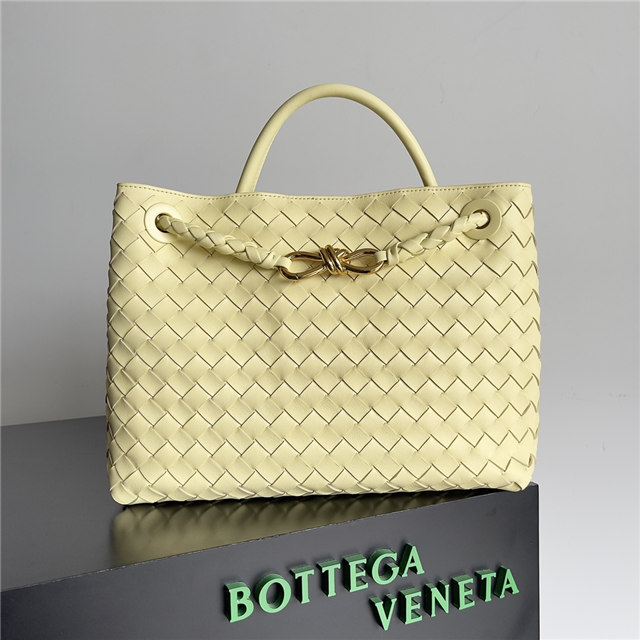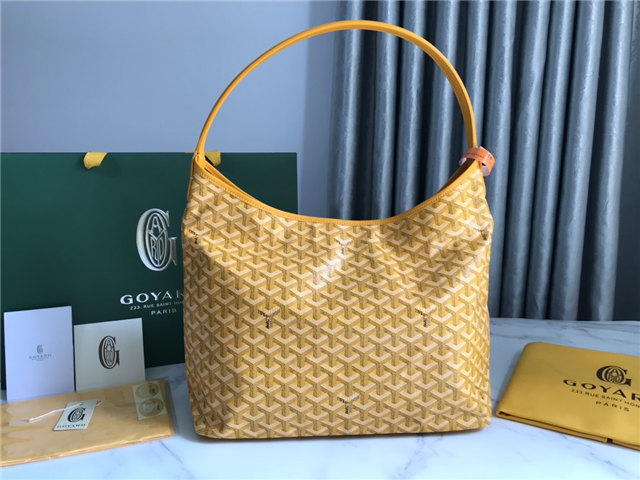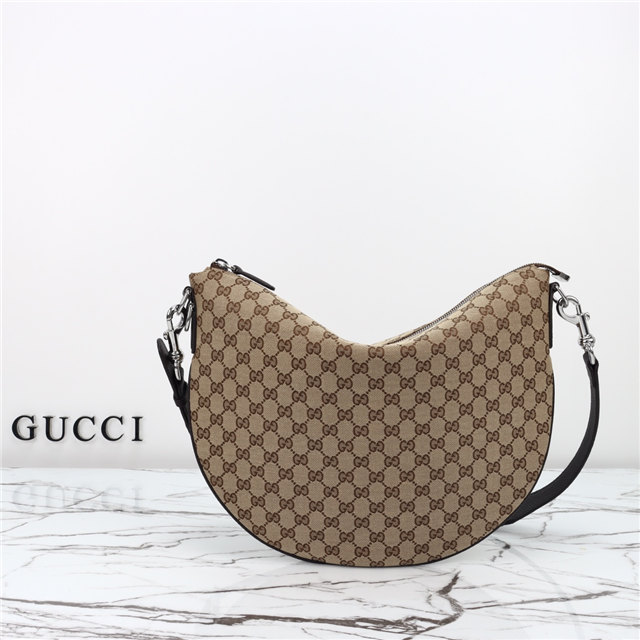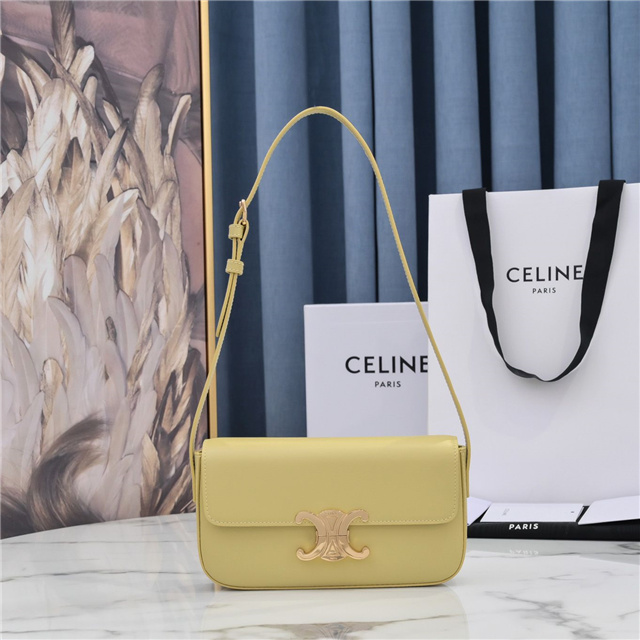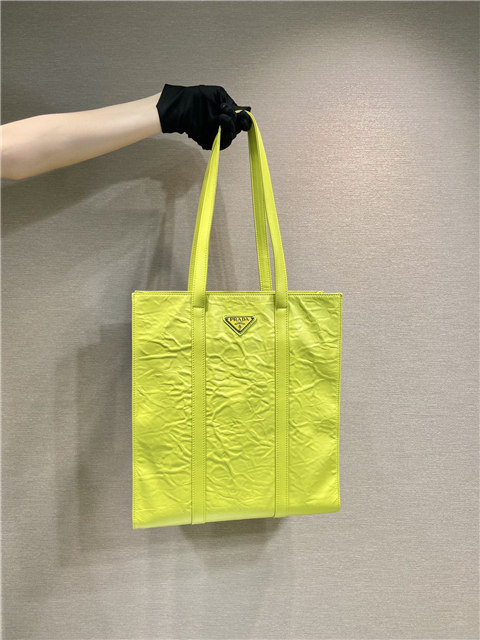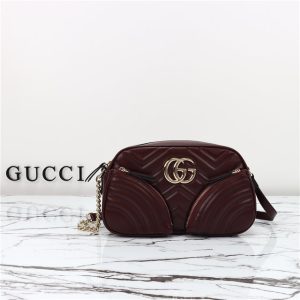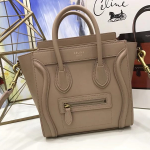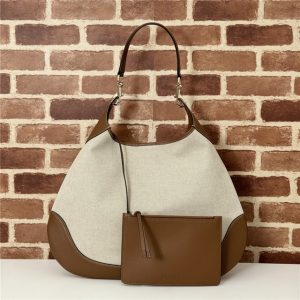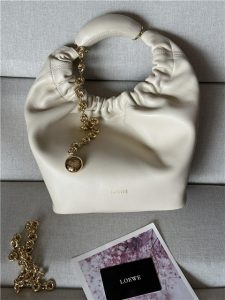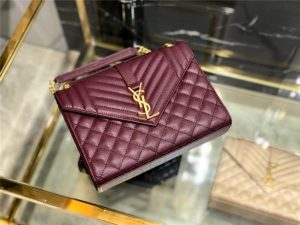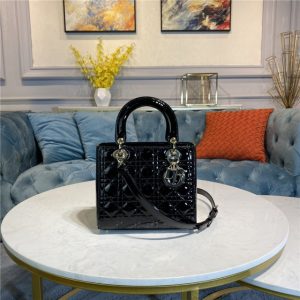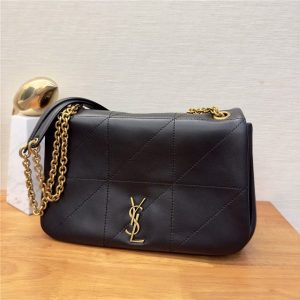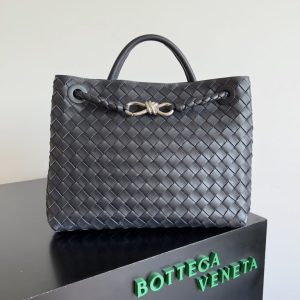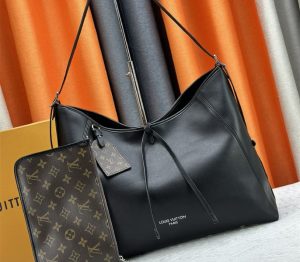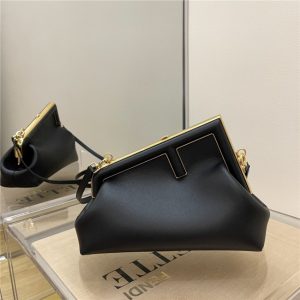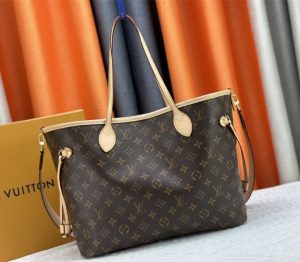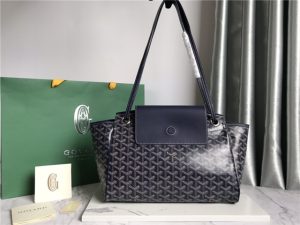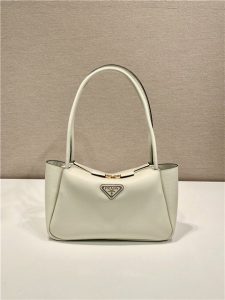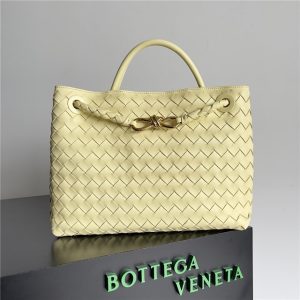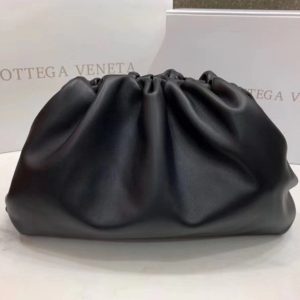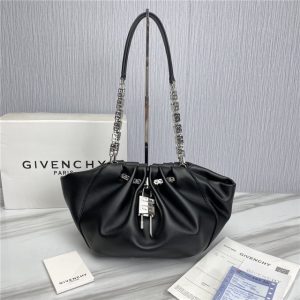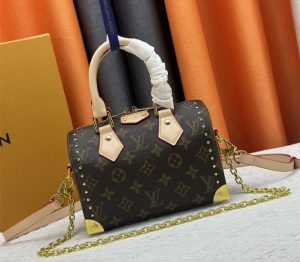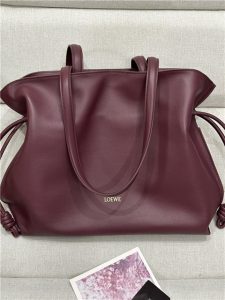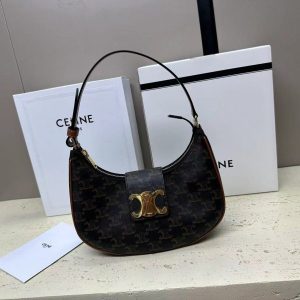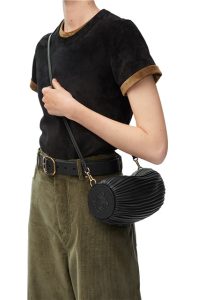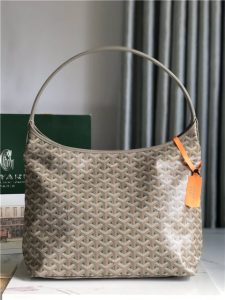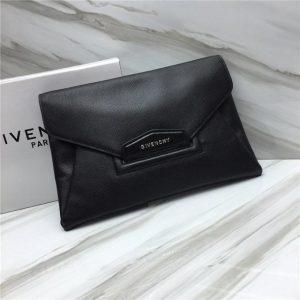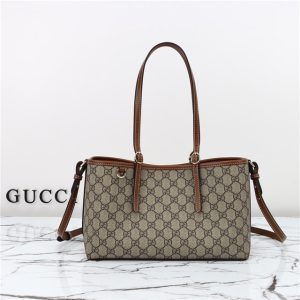Look, Herman Miller ain’t cheap. That’s a given. So, when you see a Sayl going for way less than retail (and trust me, they usually do), your spidey sense should be tingling. I mean, $250 *could* be legit, especially if it’s used, beat up, or someone just doesn’t know what they have. But it could also be a cleverly disguised fake.
The thing is, Sayl replicas aren’t as common as, say, Eames chair knock-offs. But rare doesn’t mean non-existent. And if you’re on a tight budget, even a “rare” risk feels HUGE.
Now, you mentioned some details. Missing adjustments compared to the official video? Hmmm, that’s a red flag right there. Original on a basic configuration… okay, maybe. But like, *really* inspect it. Check the materials. Do they feel cheap? Are the seams poorly done? Does the mesh feel… off?
And honestly, sometimes it’s just a gut feeling. I once bought a “vintage” lamp that was *obviously* a Target knock-off, even though the seller swore it was authentic. I just had a bad feeling about it the entire time.
The thing that gets me, though, is the “qualidade, desempenho e design da sua” part from that product detail you found. I mean, what’s that even *mean*? Sounds like some weird Google Translate stuff right there. Maybe the seller just copy-pasted some random text. Maybe not.
Ultimately, it boils down to this: do your homework. *Really* look at the pictures. Ask the seller a bunch of questions. If they’re evasive or can’t give you clear answers, walk away. Better to save up a little longer and get a *real* Sayl (or even a decent office chair from somewhere else) than to end up with a cheap replica that’s gonna fall apart in six months and leave you with back pain and buyer’s remorse.

